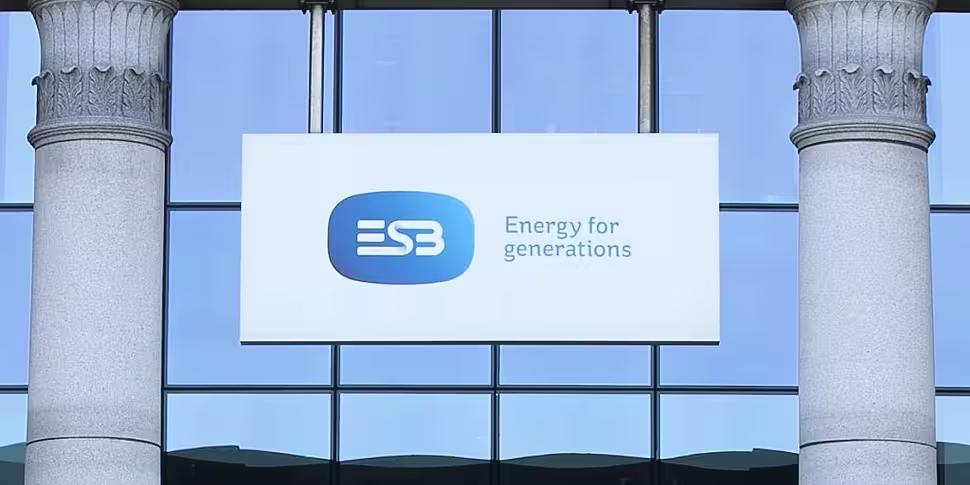A new report says the ESB failed to notify local authorities about 48 leaks from underground electricity cables.
The Environmental Protection Agency (EPA) says the leaks date from 1993 to June 2019.
It followed an investigation into leaks from fluid-filled underground electricity cables.
There were 68 'historic' leaks between 1993 and 2019 - and a further seven 'current and new' leaks since June last year.
The locations and scale of each leak has been identified, and they are undertaking site-specific investigations of each.
The EPA says: "The fluid used as an insulating liquid in cables was originally mineral oil and more recently linear alkyl benzene (LAB).
"Mineral oil is classified as hazardous while LAB is classified as non-hazardous.
"ESB have identified that the fluid lost from the cable leaks is often a mixture of mineral oil and LAB and therefore must be classified as hazardous."
While ESB Networks reported they consulted with the relevant authority regarding 20 of the 68 leaks, it failed to notify local authorities in the case of 48 leaks.
However the utility has established two protocols since last June to deal with historic and future leaks.
The EPA says it is satisfied with the approach and protocols now being implemented.
It also acknowledges that decommissioning fluid filled cables can be "a challenging process" - but considers fluid filled cables that have a high occurrence of leakage and are in proximity to sensitive receptors "should be prioritised for decommissioning."
The ESB Networks has also completed a preliminary assessment of each fluid filled cable leak.
These fluid filled cables were installed for the transmission of electricity until the mid-1980s - at which point there was a transition to plastic cables.
Approximately 177km of fluid filled cables are still in service in Ireland under the control of ESB Networks.
Read the report in full here









